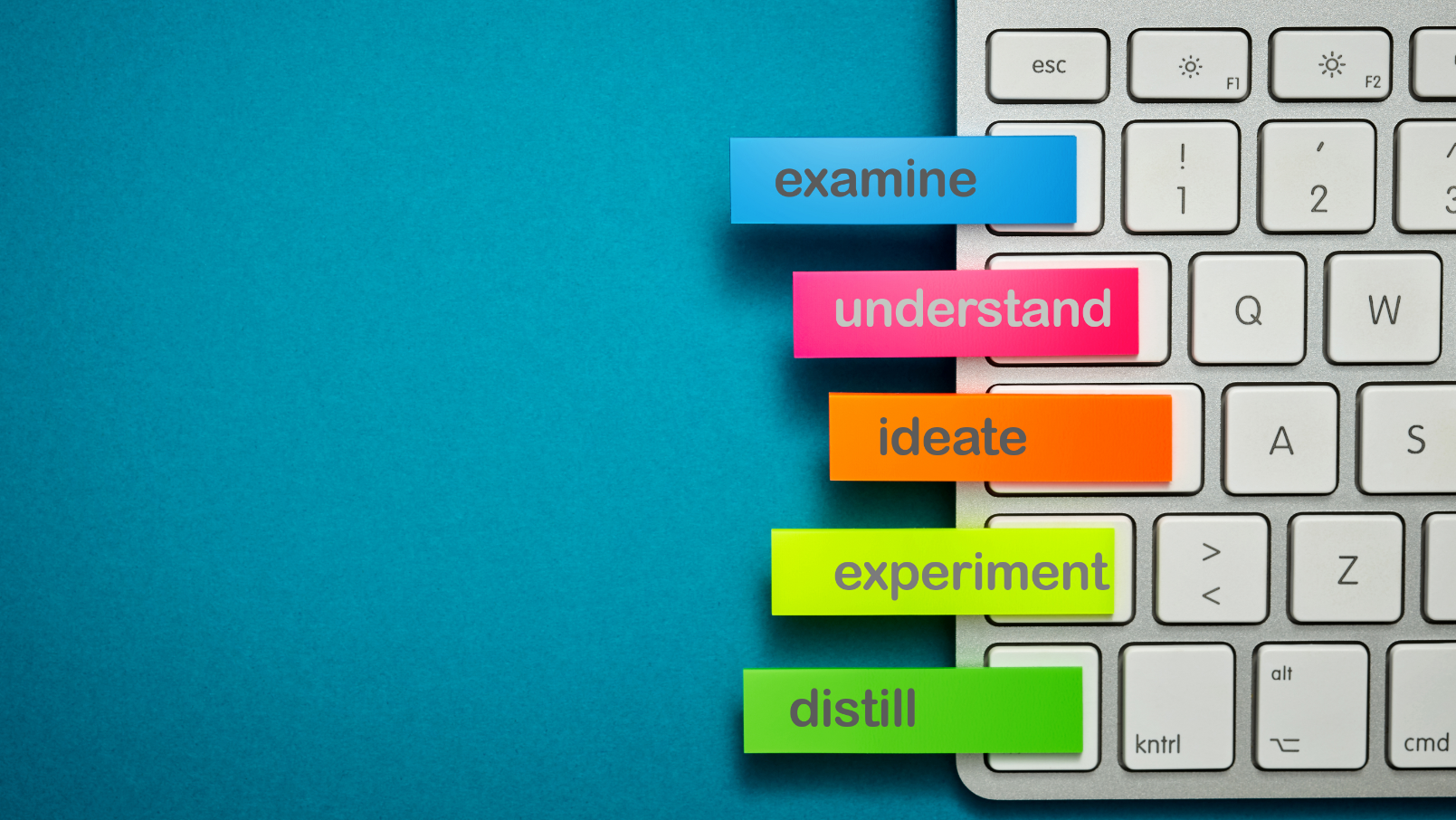Infographic: Service Design Process & Benefits

Service design is an exciting approach to defining the customer experience and the processes in customer service. In this infographic we take a look into the key steps in service design process and the benefits of doing them.
Why do you need a strong Service Design process
Many businesses have forgotten how their clients feel when using their services and interacting with them. The service design methodology assists firms in refocusing and viewing their service delivery from the perspective of their consumers. Organizations are in a better position to make service innovation decisions that increase customer happiness and commercial results by intimately understanding the experience of individuals who engage with their services.
Service Design thinking process
The process of service design is constantly iterative, which means that it goes through cycles of learning, prototyping, and improvement. Service design is always changing and getting better, much like design in general. A broad range of tools and approaches are used at various phases of service design and development, from investigating the world of customers to reflecting on customer data, to eventually putting service design improvements into practice. It's common to think of service design as a kind of toolbox, with very simple
What are the benefits?
Ensures that the teams consider the customer's view of the service process.
Improves the reliability and consistencyof service delivery across all units.
Facilitates cross-functional communication.
Improves the project completion time.
Offers an excellent training guide for new employees.
Identifies inefficiencies and non-value-added activities.
Provides a list of challenges and roadblocks that impact service delivery
Gives management the opportunity to make structured improvements.

